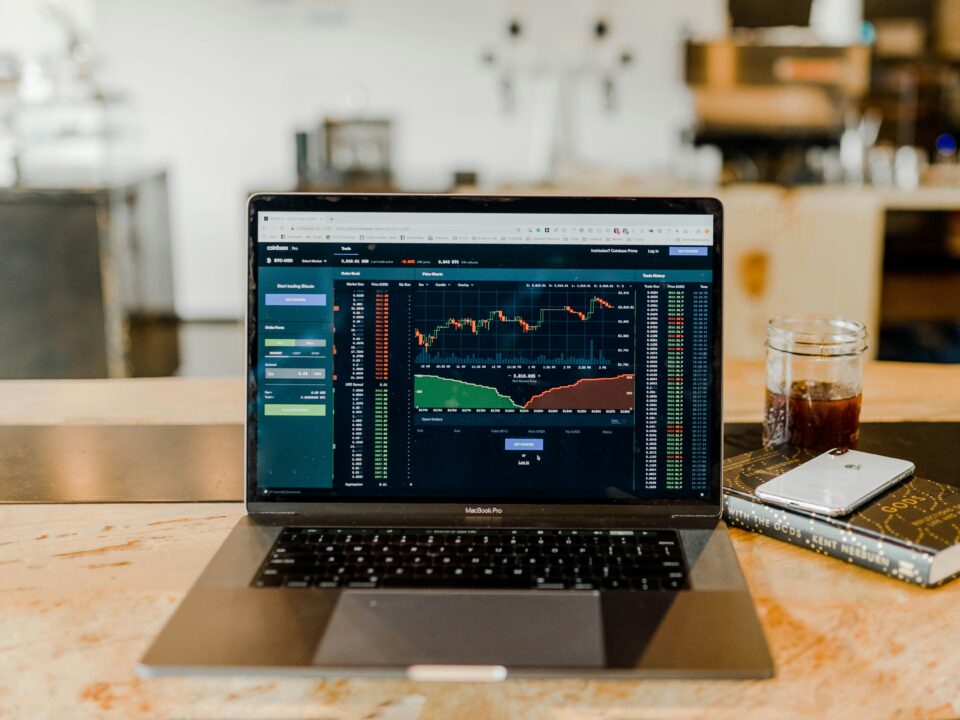
Institutional Trading Strategies: Shaping the Landscape of Modern Finance
July 30, 2024
Institutional Trading for the Modern Investor: Understanding the Dynamics and Opportunities
August 21, 2024Institutional trading, the practice of buying and selling large volumes of securities by institutions such as mutual funds, pension funds, insurance companies, and hedge funds, plays a critical role in modern financial markets. As markets evolve with technological advancements and regulatory changes, institutional trading continues to shape the future of finance in profound ways. This article explores the key components, recent trends, and future developments of institutional trading.
The Role of Institutional Trading in Financial Markets
Institutional trading is a cornerstone of the financial markets, accounting for the majority of trading volume on major exchanges. Unlike retail investors who trade smaller amounts of securities, institutional traders execute large block trades that can significantly impact market prices. The influence of these trades is often so profound that institutions must take careful measures to avoid market disruption.
Institutions engage in a variety of trading activities, including equity trading, fixed-income trading, and derivatives trading. The strategies employed are typically more complex than those used by retail traders and often involve advanced financial models, algorithms, and risk management techniques. These activities are crucial for providing liquidity to the markets, enabling price discovery, and ensuring the efficient allocation of capital.
Technological Advancements Driving Change
Technology has always been a driving force in the evolution of institutional trading, and recent developments continue to push the boundaries of what is possible. High-frequency trading (HFT) is one such technological innovation that has transformed the landscape. By using algorithms to execute trades at incredibly high speeds, HFT firms can capitalize on minute price discrepancies in the market, often executing trades in fractions of a second.
Another significant advancement is the rise of artificial intelligence (AI) and machine learning in trading strategies. These technologies allow institutions to analyze vast amounts of data, identify patterns, and make informed trading decisions with minimal human intervention. AI-driven algorithms can adapt to changing market conditions in real time, offering a competitive edge to institutions that leverage these tools.
Blockchain technology is also making inroads into institutional trading. By providing a decentralized and immutable ledger, blockchain has the potential to enhance transparency, reduce settlement times, and lower transaction costs. Some institutions are already experimenting with blockchain-based trading platforms, signaling a possible shift in how trades are executed and settled in the future.
Regulatory Landscape and Its Impact
The regulatory environment is a critical factor that influences institutional trading. In the wake of the 2008 financial crisis, regulators worldwide have implemented a series of reforms aimed at increasing transparency, reducing systemic risk, and protecting investors. These regulations have had a profound impact on how institutions operate in the markets.
One of the most significant regulatory changes has been the introduction of the Dodd-Frank Wall Street Reform and Consumer Protection Act in the United States. This legislation brought about numerous changes, including stricter oversight of derivatives markets, the establishment of the Volcker Rule (which limits proprietary trading by banks), and enhanced reporting requirements for large trades.
In Europe, the Markets in Financial Instruments Directive II (MiFID II) has been a game-changer for institutional trading. MiFID II aims to increase transparency across all asset classes, improve best execution standards, and enhance investor protection. The directive has led to significant changes in how institutions trade, including the unbundling of research and execution services and the increased use of electronic trading platforms.
These regulatory developments have forced institutions to adapt their trading strategies, invest in compliance infrastructure, and enhance their risk management practices. While the increased regulatory burden has been challenging, it has also driven innovation as institutions seek to comply with new rules while maintaining profitability.
The Rise of Algorithmic Trading
Algorithmic trading, which involves the use of computer algorithms to execute trades, has become a dominant force in institutional trading. These algorithms can process large volumes of data, execute trades at lightning speeds, and optimize trading strategies based on predefined criteria.
One of the primary advantages of algorithmic trading is its ability to reduce trading costs. By automating the execution process, institutions can minimize the market impact of large trades and achieve better prices. Additionally, algorithms can be programmed to execute trades only when certain market conditions are met, allowing institutions to take advantage of fleeting opportunities that might be missed by human traders.
Algorithmic trading also enhances consistency and precision. Unlike human traders, algorithms do not suffer from emotions such as fear or greed, which can lead to suboptimal decision-making. This lack of emotional bias, combined with the ability to process and analyze data at scale, allows algorithms to execute trades more efficiently and with greater accuracy.
However, algorithmic trading is not without its challenges. The reliance on complex models and high-speed execution can increase the risk of errors, which can lead to significant financial losses. Additionally, the widespread use of similar algorithms by multiple institutions can exacerbate market volatility, as seen in events like the “Flash Crash” of 2010.
The Importance of Liquidity and Market Depth
Liquidity and market depth are crucial concepts in institutional trading. Liquidity refers to the ease with which an asset can be bought or sold without affecting its price, while market depth refers to the volume of buy and sell orders available at various price levels.
Institutional traders require deep and liquid markets to execute large trades without causing significant price movements. Illiquid markets can lead to substantial price slippage, where the execution price differs from the intended price, resulting in higher trading costs.
To manage liquidity risk, institutions often use a variety of techniques, including trading in multiple venues, breaking up large orders into smaller ones, and using dark pools (private trading venues that allow large orders to be executed anonymously). These strategies help institutions minimize their market impact and achieve better execution prices.
The Future of Institutional Trading
The future of institutional trading is likely to be shaped by a combination of technological innovation, regulatory evolution, and market dynamics. As technology continues to advance, we can expect further integration of AI, machine learning, and blockchain into trading strategies. These technologies have the potential to enhance efficiency, reduce costs, and improve decision-making in institutional trading.
Regulatory changes will also continue to play a significant role in shaping the landscape. Institutions will need to stay agile and adapt to new rules and requirements as they emerge. The ongoing shift towards greater transparency and investor protection is likely to persist, driving further innovation in trading practices and technologies.
Moreover, the rise of environmental, social, and governance (ESG) considerations in investing is poised to influence institutional trading. As more investors seek to align their portfolios with their values, institutions will need to integrate ESG factors into their trading strategies. This shift could lead to the development of new trading models and the increased use of alternative data sources to assess ESG performance.
Finally, the globalization of financial markets will continue to create opportunities and challenges for institutional traders. As markets become more interconnected, institutions will need to navigate complex cross-border regulations, manage currency risk, and capitalize on opportunities in emerging markets.
Institutional trading is a dynamic and ever-evolving field that plays a vital role in the functioning of global financial markets. As technology advances, regulations change, and market conditions shift, institutions must remain at the forefront of innovation to stay competitive. By leveraging cutting-edge technologies, adapting to regulatory developments, and managing liquidity effectively, institutional traders can continue to advance the future of finance.





